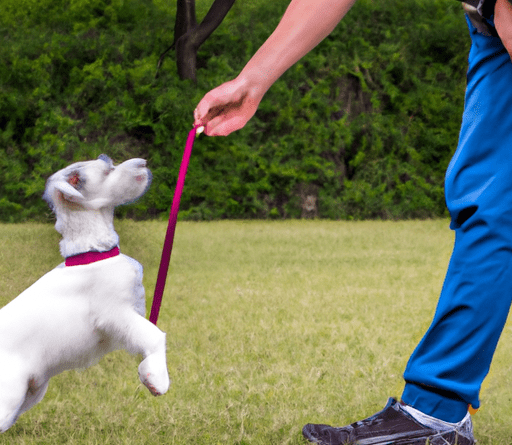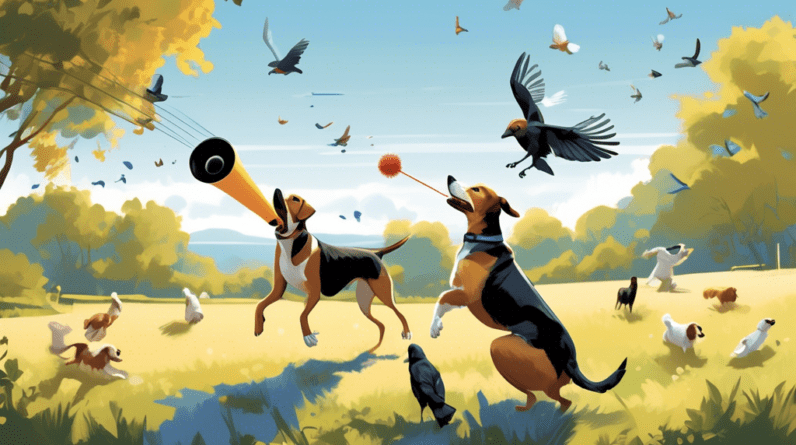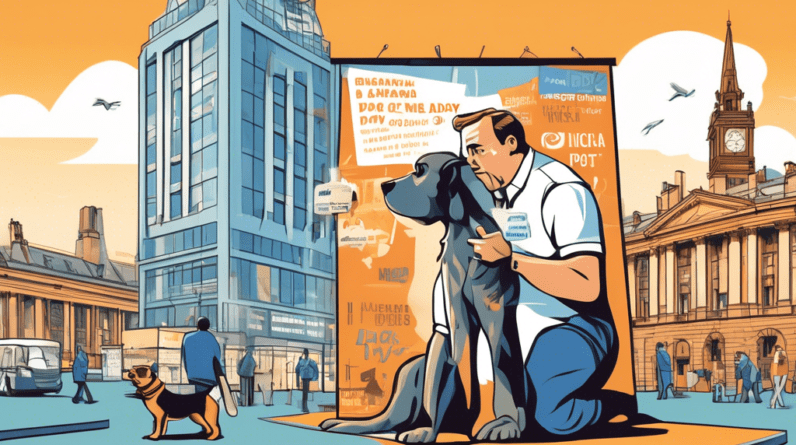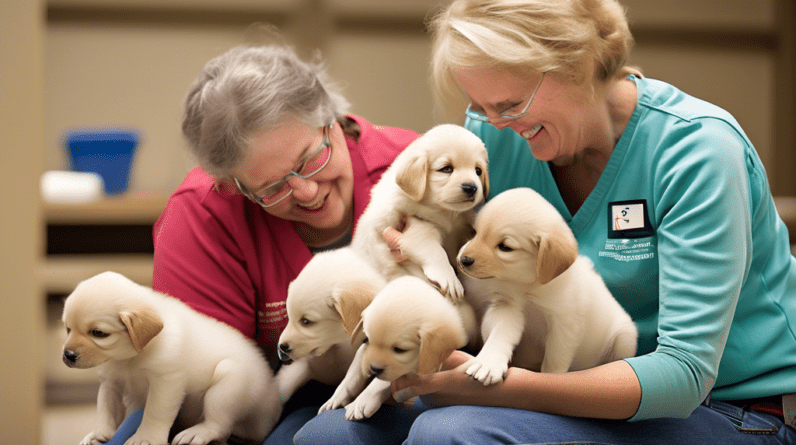
Introduction
Agility and obedience trials are exciting ways to bond with your dog, showcase their training, and have fun meeting other dog lovers. Getting started can seem overwhelming, but with the right preparation, you and your four-legged friend will be ready to tackle the courses and trials.
Training for Agility Trials
Agility trials are designed to test your dog’s coordination, speed, and ability to take direction. These trials typically involve running through obstacle courses that include hoops, tunnels, jumps, and other equipment. To prepare for agility trials:
- Start with basic obedience training to develop a strong foundation for more advanced commands and exercises.
- Introduce your dog to different obstacles through positive reinforcement training. Use treats and praise to help your dog get used to navigating each obstacle, and gradually increase the level of difficulty as they progress.
- Practice frequently in a variety of environments, including indoors and outdoors and different surfaces. This will help your dog to adapt to different conditions and distractions.
- Use verbal and physical cues to guide your dog through the course, such as “jump” and “go through”. Be consistent and patient, and make sure your dog understands each command before advancing to more challenging exercises.
- Focus on developing your dog’s speed and agility by incorporating exercises like sprints, jumping jacks, and agility drills into your training regimen.
Preparing for Obedience Trials
Obedience trials test your dog’s ability to perform a set of predetermined tasks, such as walking on a leash, sitting, staying, and coming when called. These trials require precise training and strong communication between you and your dog. Here are some tips for preparing for obedience trials:
- Start with basic obedience training, such as teaching your dog to sit, stay, come, and walk on a leash without pulling.
- Use positive reinforcement to encourage your dog to follow your commands, such as treats, praise, and playtime.
- Gradually increase the level of difficulty by adding distractions, such as other dogs or people, and practicing in different environments and situations.
- Practice frequently and consistently to reinforce behavior and strengthen your bond with your dog.
Preparing for Both Trials
Whether you’re preparing for agility or obedience trials, there are a few key things you should do to ensure you and your dog are ready:
- Get familiar with the rules and regulations of the trial. Every competition has its own set of rules, so be sure to read them carefully before you start training.
- Choose the right equipment for your dog, including collars and leashes that fit properly and provide enough control.
- Consider using a clicker or whistle to reinforce commands and cues during training.
- Keep sessions short and positive, and take breaks as needed to avoid burnout and frustration.
Conclusion
Agility and obedience trials are exciting ways to test your dog’s skills and showcase your training techniques. With the right preparation and dedication, you and your dog can excel in these competitions and have fun in the process. Remember to be patient, consistent, and positive in your training, and always prioritize the safety and well-being of your furry friend.

FAQ: Preparing for Agility and Obedience Trials with your Dog
What training techniques should I use to prepare my dog for agility and obedience trials?
You should use positive reinforcement training techniques, such as clicker training and reward-based training. Consult with a professional dog trainer for specific techniques and tips.
What equipment do I need to prepare my dog for agility and obedience trials?
You will need agility equipment, such as jumps, tunnels, and weave poles, as well as obedience equipment, such as a leash, collar, and treats. Consult with a professional dog trainer for specific recommendations.
What should I do to prepare myself for agility and obedience trials with my dog?
You should familiarize yourself with the rules and regulations of the trials, as well as practice training with your dog. You may also benefit from attending workshops or classes led by professional trainers.






